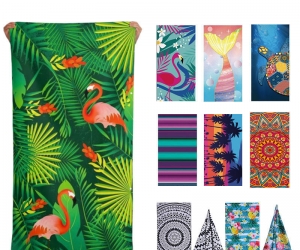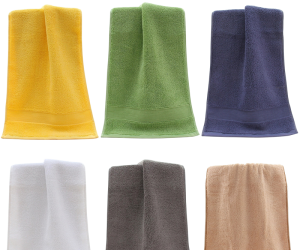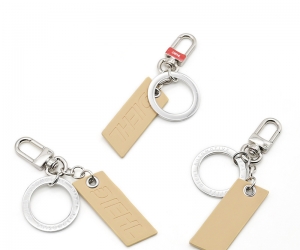How do they print lanyards?
Lanyards are a popular accessory used to carry items such as ID cards, keys, and badges. They can be found in various industries such as healthcare, education, and corporate settings. Lanyards come in different styles, colors, and materials, but printing on them is what makes them unique. In this article, we'll discuss how lanyards are printed.
Printing Methods
Lanyards can be printed using various methods, and the choice of method depends on the design, quantity, and budget. The most common printing methods for lanyards are:
1. Screen Printing
Screen printing is a popular method for printing lanyards. It involves pushing ink through a stencil or mesh screen onto the lanyard surface. The stencil is created by cutting out the design on a film or paper, and the ink is then spread over the stencil using a squeegee. The ink passes through the mesh screen onto the lanyard surface in the areas where the stencil has been cut out. The ink is then cured using heat to create a permanent bond.
Screen printing is a great option for printing simple designs with few colors. It is a fast and efficient process, making it ideal for printing large quantities of lanyards. However, screen printing is not suitable for printing complex designs with multiple colors, as it requires a separate stencil and mesh screen for each color.
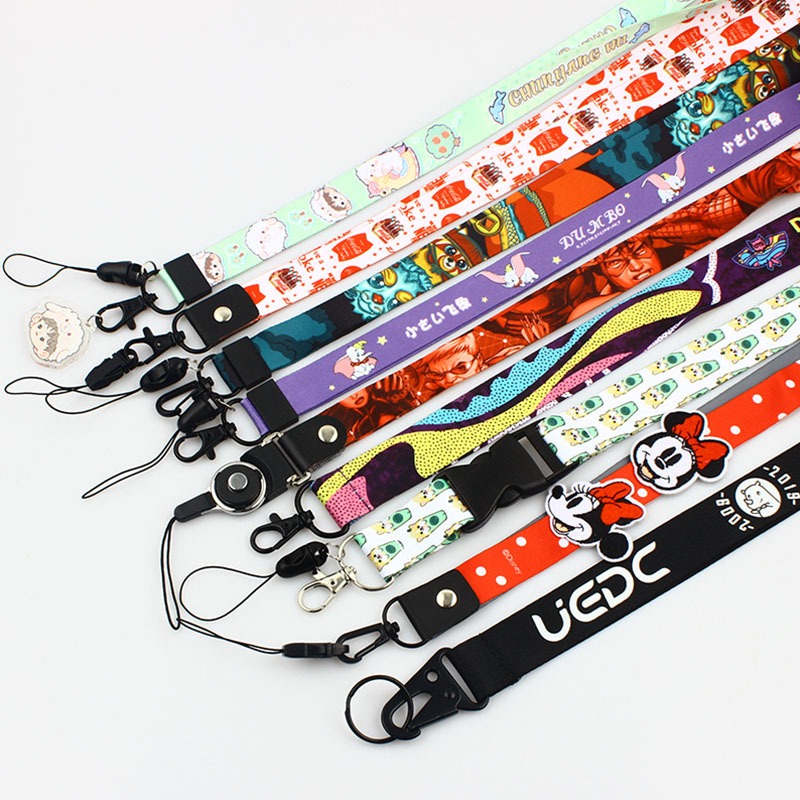
2. Dye Sublimation
Dye sublimation is another popular method for printing lanyards. It involves printing the design onto a special transfer paper using a dye sublimation printer. The transfer paper is then placed onto the lanyard surface, and heat is applied using a heat press. The heat causes the ink to turn into a gas, which is absorbed by the lanyard surface, creating a permanent bond.
Dye sublimation is an excellent option for printing complex designs with vibrant colors. The process allows for full-color printing, making it ideal for printing logos, images, and other graphics. Dye sublimation also produces a smooth and durable print that will not fade or crack over time.
3. Heat Transfer
Heat transfer is another method for printing lanyards that involves transferring pre-printed designs onto the lanyard surface using heat. The design is first printed onto a special transfer paper using a digital printer. The transfer paper is then placed onto the lanyard surface, and heat is applied using a heat press. The heat causes the ink to transfer from the transfer paper onto the lanyard surface, creating a permanent bond.
Heat transfer is an excellent option for printing full-color designs with gradients and shading. The process allows for high-resolution printing, making it ideal for printing detailed graphics and photographs. Heat transfer produces a smooth and durable print that will not fade or crack over time.
4. Embroidery
Embroidery is a method for printing lanyards that involves stitching the design onto the lanyard surface using thread. The design is first digitized using specialized software that converts it into a format that can be read by an embroidery machine. The lanyard is then placed onto the embroidery machine, and the machine stitches the design onto the lanyard surface using thread.
Embroidery is an excellent option for printing designs with a high level of detail and texture. The process allows for the use of multiple thread colors, making it ideal for printing logos, text, and other designs with fine details. Embroidery produces a durable print that will not fade or peel over time.
Lanyard Materials
Lanyards can be made of various materials such as nylon, polyester, and cotton. Nylon and polyester are the most common materials used for making lanyards as they are durable and can withstand wear and tear. Cotton lanyards are also popular as they are soft and comfortable to wear.
Printing on Different Lanyard Materials
The printing method used for lanyards can vary depending on the material used. For example, dye sublimation is not suitable for printing on cotton lanyards as the ink does not bond well with cotton. Screen printing and heat transfer are both suitable for printing on cotton lanyards.
Nylon and polyester lanyards are suitable for all printing methods. However, screen printing is the most popular method for printing on nylon and polyester lanyards as it produces a durable print that can withstand wear and tear.
Conclusion
Lanyards are a popular accessory that can be customized to reflect an individual or organization's brand or style. The printing method used for lanyards depends on the design, quantity, and budget. Screen printing, dye sublimation, heat transfer, and embroidery are the most common printing methods used for lanyards. Each method has its advantages and disadvantages, and the choice of method depends on the desired outcome and the material used for the lanyard. With the right printing method, a personalized lanyard can be a unique and effective branding tool.
-
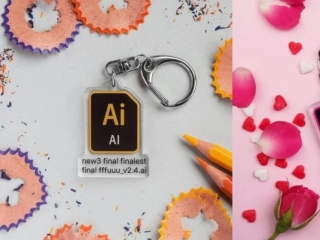 Such a beautiful keychain makes people love and hate!
Such a beautiful keychain makes people love and hate!If you are a designer, then lines like "Tune a little bit here", "Help me change t...
Do you like ?0
Read more -
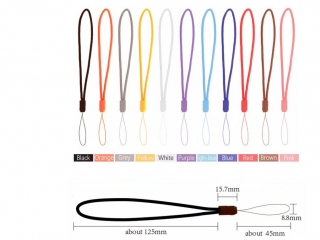 Easy to carry Water Bottle Lanyards buying
Easy to carry Water Bottle Lanyards buying -
 Advantages of using personalized printed Silicone Wristbands
Advantages of using personalized printed Silicone Wristbands -
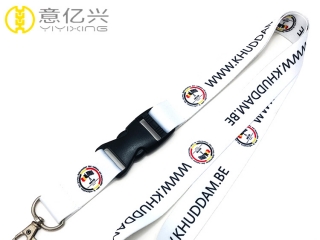 The difference between nylon lanyard vs polyester lanyard - Yiyixing
The difference between nylon lanyard vs polyester lanyard - YiyixingWhat is Polyester Made Lanyards?
When it comes to <...
Do you like ?0
Read more -
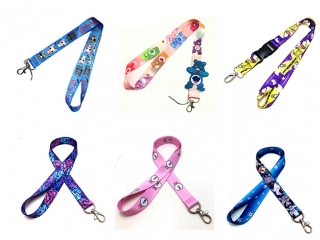 Does Wear Cute lanyard can keep in a good mood?
Does Wear Cute lanyard can keep in a good mood?With the growth of age, girls are more and more inclined to adorabl...
Do you like ?0
Read more -
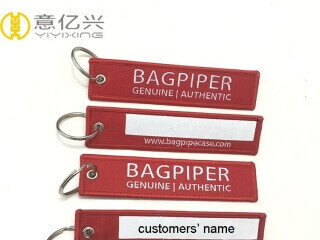 Why not choosing custom flight tags as a gift?
Why not choosing custom flight tags as a gift?Fabric key tag, made by embroidery or woven is one of our new appli...
Do you like ?0
Read more


